
Revive Stronger
Secrets to a Bigger Back with Mike Israetel
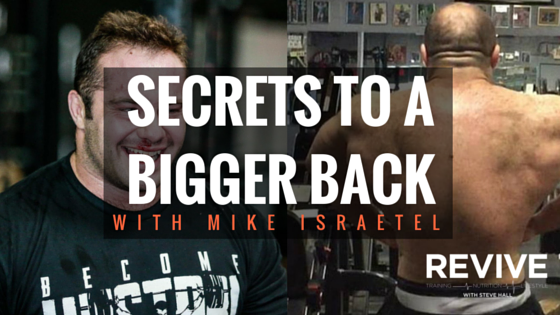
Everyone wants a wide back.
It just makes you look freaking awesome.
However, you’re not just born looking like you have lats like a cobra, you have to work hard to develop a wide and thick back. Lucky for you I know someone who not only has himself a back we are all envious of but has helped hundreds of others grow massive backs.
That dude is Mike Israetel; a powerlifter, bodybuilder and is a competitive grappler.
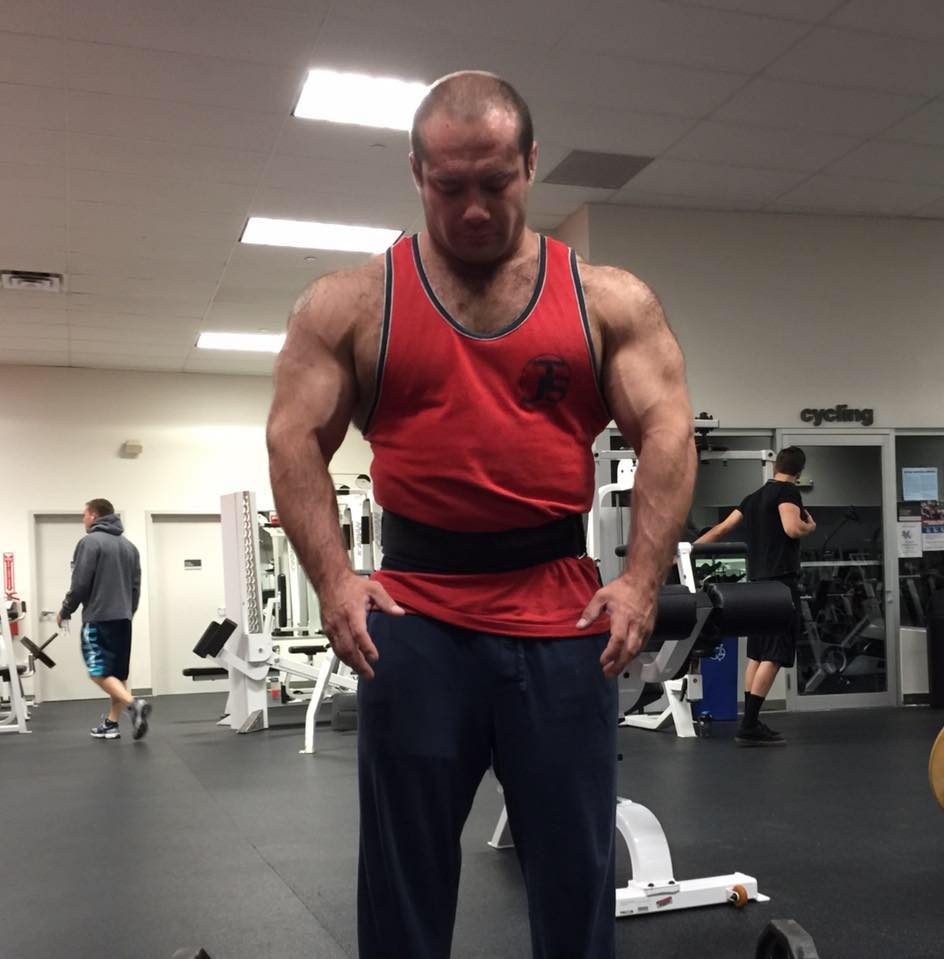
Not only that but he has a BS in Movement Science, an MS in Exercise Science and a Phd Sport Physiology. Plus he is the co-founder and a coach at Renaissance Periodization a company that coaches physique and performance athletes. — So Mike is not only jacked, strong and dangerous but also incredibly intelligent and has applied everything he has learned to develop world-class athletes.
So yeah, we should listen to Mike when he talks.
Recently he has been spreading the good word on how to grow massive amounts of muscle in different body-parts across Facebook and has allowed me to share them with you. So you’re in for a real treat of a training series, that today begins with the Back and how to make it bigger.
Table of Contents
Also remember Mike and James Hoffman (also jacked, strong and intelligent…less dangerous) are coming to the UK to present in two seminars one in Brighton (18th May) and one in London (21st and 22nd May).
1) Stick mostly to Compound Basics
A compound lift is one that uses multiple muscle groups and joints at a time, and as Mike goes onto say:
“like bent rows & pull ups”
Unlike isolation movements that use only one muscle group, compound lifts allow you to use heavy loads which is a very important thing when it comes to growing large amounts of muscle.
Can’t do pull ups? Mike advises you “get stronger on rows and pulldowns…then train them more when you can do at least 5 reps per set” — pulldowns are an effective compound movement that like pull ups are a vertical pull, so can be a great alternative.
[bctt tweet=”For a big back stick to mainly compounds” username=”revivestronger”]
There is a place for isolation movements, but they should take a back seat and only make up around 1/3 of your total training volume e.g. for every isolation movement there should be two compound movements.
2) Use Strict Form
This means no swinging, or using momentum and as Mike stipulates as key :
“Using full range of motion (ROM)”
The bigger stretch you can get on the muscle the better, that ensures you’re stimulating the entire back and not missing out on any potential growth. You might have to swallow your pride and lighten the weight, but it will be well worth it.
Mike likes Pendlay style bent rows best:
“I think that big bend at the hips and full ROM hits the lats best”
[bctt tweet=”For a big back use strict form at full ROM” username=”revivestronger”]
3) Use Between 5 and 20 Reps
It is important to remember that these are not magic muscle growing numbers, just that this number of reps seems to allow for enough volume and stimulation to force the body to grow. In that sure reps below 5 are very heavy and would provide an excellent growth stimulus on paper, but in practice you can’t do enough of them to grow.
Below 5 reps is really damn tiring, consequently volumes are insufficient for growth
Mike goes on to suggest that:
“number you choose will depend on the training phase”
For bodybuilders there are three main phases of training; Strength, Hypertrophy and Metabolic Stress. These can all be powerful ways to drive muscle hypertrophy, and can be put into their own phases:
- 5 to 8 Strength
- 8 to 12 Hypertrophy
- 12 to 20 Metabolic Stress
[bctt tweet=”For a big back use reps from 5 to 20″ username=”revivestronger”]
Now to take this a step further you’d probably want to focus on Hypertrophy for the most part, this will provide the best rep range for maximal growth, but we can get even more growth by having all three. Having 2 to 3 months in phase 2 and a month is phases 1 and 3 is probably a good way to go about organising your training, each can then build towards the next and you can learn more about phase potentiation here.
4) Train Back between 2 and 4 times per week
Yup no single ‘back day’ as we learned before ‘bro splits’ are not the best way for most of us to develop big muscles. This does mean that you need to train at least 2 times a week, and to be honest that would be silly because to get enough work in you’d be in the gym for hours, so training 3 times a week minimum is a much smarter idea.
Mike goes on to say:
“I’d split it into mostly vertical pulling one day and mostly horizontal the other”
Vertical pulls are things like:
- Pulldowns
- Pull Ups
- Chin Ups
Horizontal pulls are things like:
- 1 Arm Rows
- Bent Rows
- T Bar Rows
- Machine Rows
[bctt tweet=”For a big back train it 2 to 4 times a week” username=”revivestronger”]
For example you might have 4 days you decide to train your back, in two of those workouts you focus mainly on pull ups and pull downs and in the other two you focus on 1 Arm Rows and Machine Rows. By splitting them up like this you manage muscle fatigue better which allows you to work the back more effectively and provides variation which is also key for muscle hypertrophy.
5) Do between 15 and 30 working sets per week
We would then have to split this number of sets between the number of training sessions we had working the back. How do you go about picking how many total sets? Because it is quite a large range, Mike goes on to say:
“this will depend on the individuals Maximal Recoverable Volume (MRV)”
In short your MRV is the amount of total work you can recover from each week e.g. you do squats 3×10 at 100kg this week and you can do the same next week, but no more — that is your MRV for that movement currently.
How might you go about finding out your MRV and what would be a smart way to programme this?
One way you could do it is:
- Week 1: Working Sets 15 in 4 Workouts
- Week 2: Are you well recovered? Add a set – 19 Working Sets
- Week 3: Are you well recovered? Add a set – 23 Working Sets
- Week 4: Are you well recovered? Add a set – 27 Working Sets
In week 5 you could then assess how the training block was going, could you do more than 27 sets? Was that manageable or did it take you one step too far? If you still feel fairly recovered and were able to retain performance then it would be a good idea to push another week, maybe to just over 30 sets and this should take you past your MRV, ready for a deload.
[bctt tweet=”For a big back perform 15 to 30 sets” username=”revivestronger”]
A good idea is to train around your MRV most of the time, so you might be slightly below it for a few weeks, built up towards it, then go over and reap the rewards during a deload week. If you keep pushing it’d be like getting close to a cliff edge and then falling off, you would fall into a sea of overtraining — not good.
6) Progress in Weights used Slowly and Steadily
Progressive Overload is absolutely essential when it comes to gaining size, that means you need to be doing more over time. The body needs to be stressed sufficiently so it is forced to respond and adapt, without any progressive overload it will remain the same.
To quote Mike:
“regular 10lb PRs are the ticket to size, not 50lb PRs once in a blue moon”
That means adding small amounts of load overtime, avoid aiming for huge Personal Bests and keep progress ticking along steadily. When it comes to getting big increases in weight are less important than progressive increases in total volume. — Sure all things being equal more weight means more volume, but it is far easier to increase volume via sets than either weight or reps.
[bctt tweet=”For a big back make small & regular weight PRs” username=”revivestronger”]
So key to growing that big back is to progressively increase volume and aim for steady but small increases in load.
7) Eat for size and give it YEARS.
If you want to put yourself in the best position to grow a wide back you’ll want to eat sufficient amounts of food to provide the fuel for growth. That means you need to eat more than you burn, you’re not going to get a massive back eating salads.
Alan Aragon and Eric Helm’s have a great way to determine how fast to gain:
- 1 to 1.5%* for Beginners
- 0.5 to 1%* for Intermediates
- 0.25 to 0.5%* for Advanced
*% of total Bodyweight
[bctt tweet=”Remember getting a big back takes years, so eat up & train hard” username=”revivestronger”]
So if you have been training seriously 3 to 4 years and weigh in at 180lbs you’ll want to gain at around 1 to 2lbs per month (rounding for simplicity’s sake). However, there could be cases you could want to gain faster than this, because 1 to 2lbs is hard to determine because weight fluctuates a lot and 1 to 2lbs is such a small amount. — Personally I do not see a problem with someone gaining a little faster, in this case say 2 to 4lbs per month, so long as they remain lean (sub 15% body fat). This would ensure they’re best set up to gain appreciable amounts of muscle. As per the protocol in my ebook Get Big Stay Lean.
Now that might sound quite slow, but remember as Mike points out:
“Big backs do not occur overnight”
So sit back and enjoy the ride.
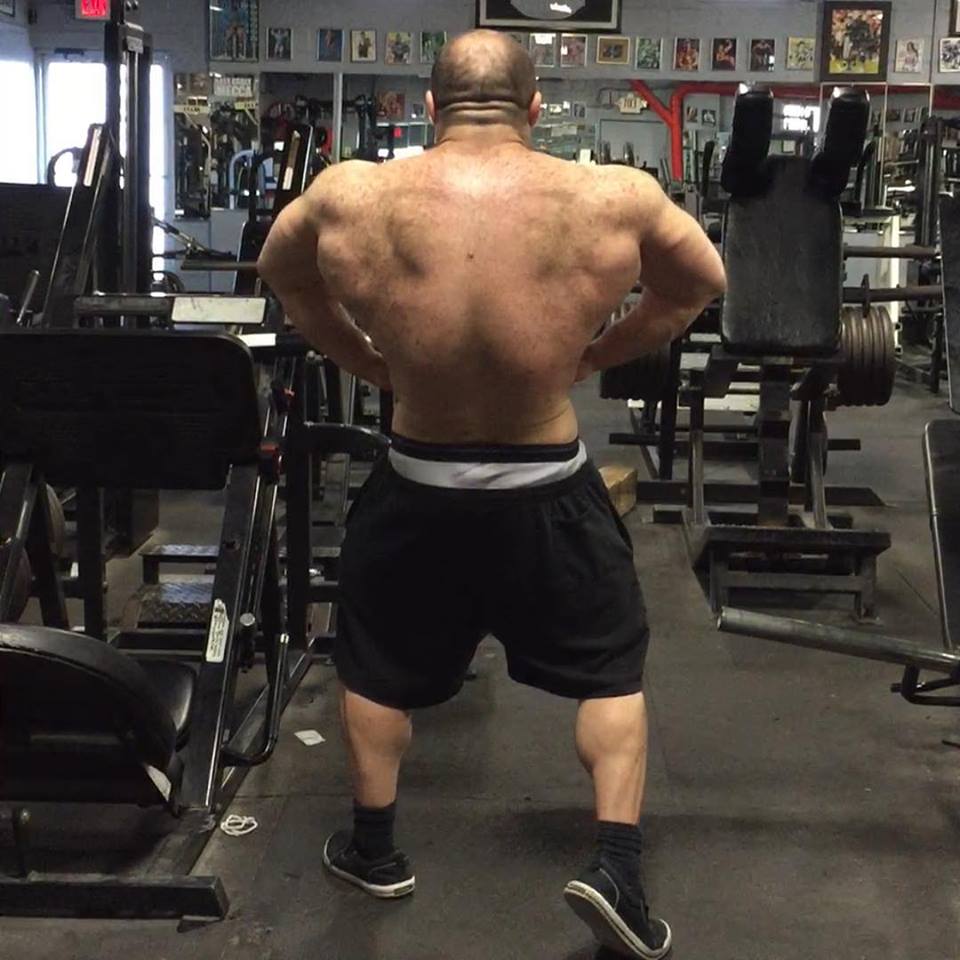
WHAT NEXT?
Do you need any help with the above? Do you have any questions you need answering? Hopefully it gave you some ideas about how grow a massive back.
Join my free facebook group or add me on snapchat (revivestronger) and ask your question there, I will respond asap. Or if you’re after a fresh training programme I have a free 4 week plan using DUP that you can download for free here.
Want more from Mike?
Add him on Facebook
Check out Renaissance Periodization
p.s.
Remember Mike and James are coming to the UK to present in two seminars one in Brighton (18th May) and one in London (21st and 22nd May). If you’re serious about your training or if you’re a coach YOU DO NOT WANT TO MISS THIS because you won’t get a better opportunity to learn from two of the best.
One more thing…
Do you have a friend who wants a big back? Share this article with them and let me know what they think.
[bctt tweet=”Secrets to a Bigger Back with Mike Israetel” username=”revivestronger”]
References
- M, Israetel. J, Hoffmann. C, W, Smith. Scientific Principles of Strength Training. 2015
We are a personal coaching service that helps you achieve your goals. We want you to become the best version of yourself.


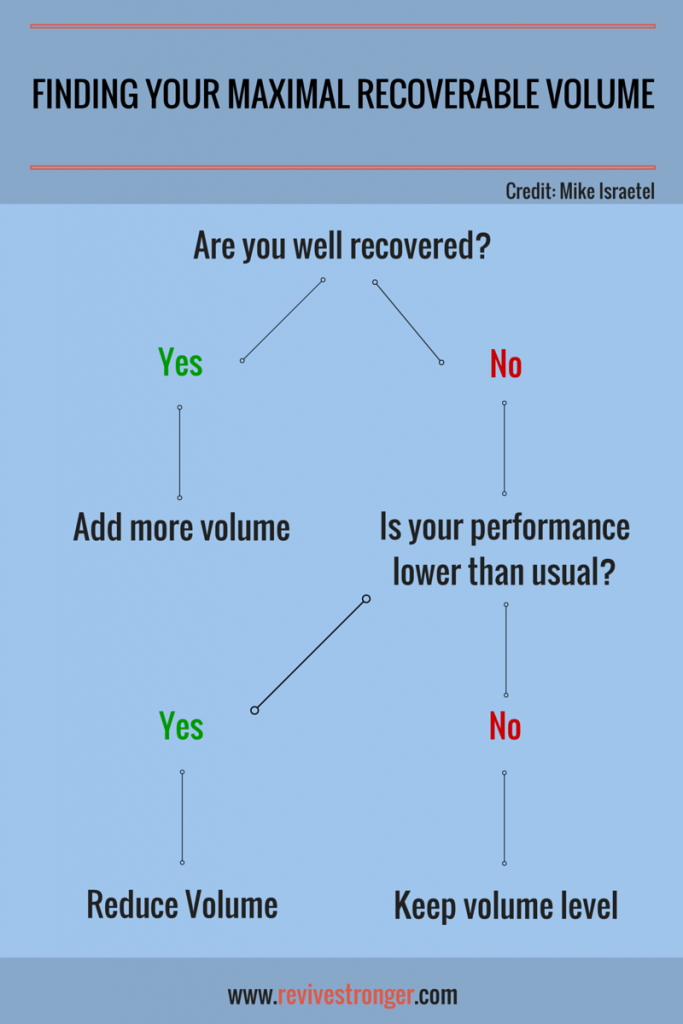



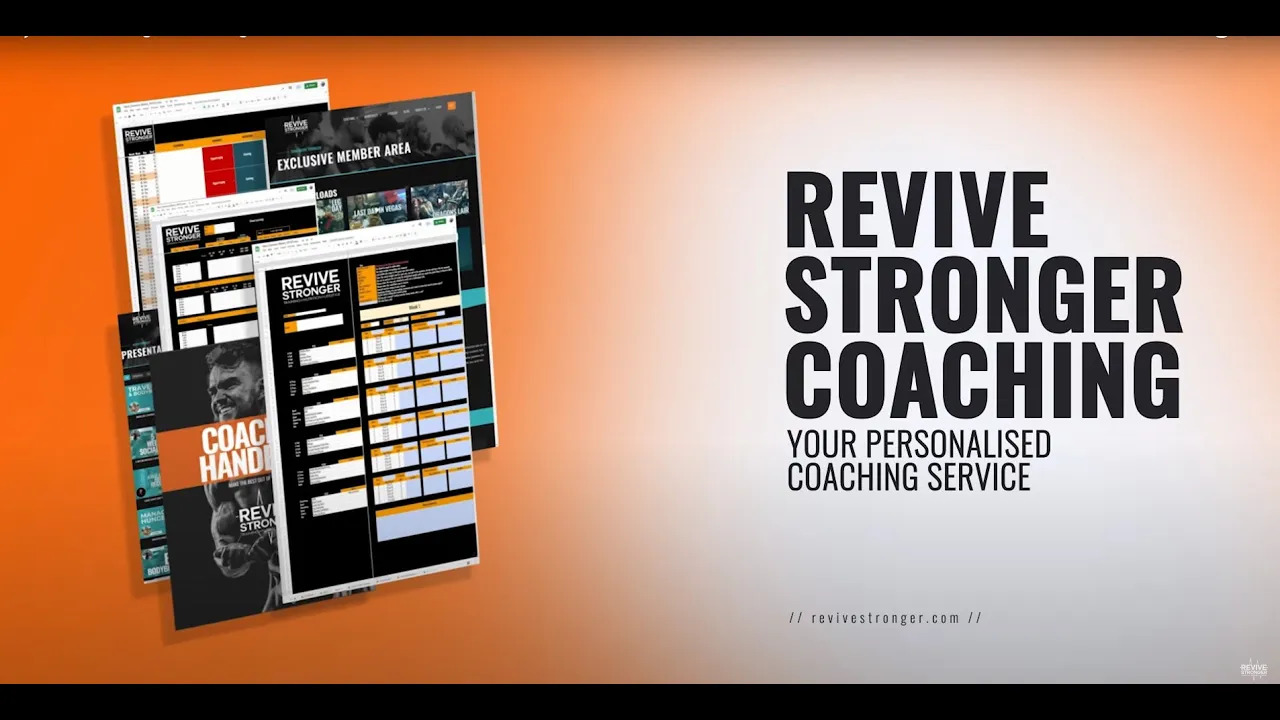
Comments are closed.